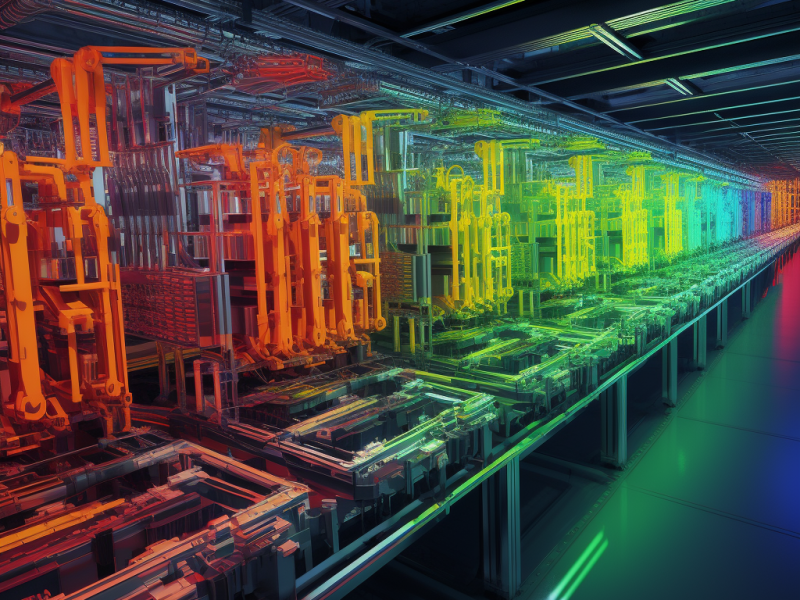The manufacturing industry has witnessed a significant shift towards adopting digital assembly lines in recent years. This blog post explores the concept of digital assembly lines, the factors driving their growing popularity, and the benefits and challenges associated with their implementation.
Definition and Overview of Digital Assembly Lines
Digital assembly lines are automated production systems that integrate advanced technologies such as robotics, artificial intelligence, and the Internet of Things (IoT) to optimize and streamline the manufacturing process. These smart assembly lines enable real-time monitoring, data collection, and analysis, allowing for greater efficiency, flexibility, and quality control.
Factors Driving the Adoption of Digital Assembly Lines in Manufacturing
Several factors have contributed to the growing adoption of digital assembly lines in the manufacturing industry:
- Industry 4.0: The fourth industrial revolution, characterized by the integration of advanced technologies, has pushed manufacturers to embrace digital transformation to remain competitive.
- Increasing demand for customization: Consumers increasingly demand personalized products, requiring manufacturers to adopt flexible and adaptable production systems.
- Need for efficiency and cost reduction: Digital assembly lines enable manufacturers to optimize processes, reduce waste, and minimize costs.
- Skilled labor shortage: As the manufacturing industry faces a shortage of skilled workers, automated systems help bridge the gap and ensure consistent production quality.
Benefits and Advantages of Digital Assembly Lines
Implementing digital assembly lines offers several benefits to manufacturers:
- Increased productivity: Automated systems can operate 24/7, reducing downtime and increasing overall output.
- Improved quality control: Real-time monitoring and data analysis enable early detection and prevention of defects, ensuring higher product quality.
- Enhanced flexibility: Digital assembly lines can be quickly reconfigured to accommodate different products or production requirements.
- Reduced costs: Automation minimizes labor costs, reduces waste, and optimizes resource utilization, leading to overall cost savings.
Challenges and Limitations of Implementing Digital Assembly Lines
Despite the numerous benefits, implementing digital assembly lines also presents some challenges:
- High initial investment: Setting up digital assembly lines requires significant upfront costs for equipment, software, and infrastructure.
- Integration with existing systems: Integrating new technologies with legacy systems can be complex and time-consuming.
- Workforce adaptation: Employees may need to be retrained or upskilled to work alongside automated systems effectively.
- Cybersecurity concerns: Connected systems and data exchange increase the risk of cyber threats, requiring robust security measures.
The rise of digital assembly lines in manufacturing represents a significant shift towards the future of production. By embracing advanced technologies, manufacturers can improve efficiency, flexibility, and quality while reducing costs. As the industry continues to evolve, the adoption of digital assembly lines is expected to accelerate, reshaping the manufacturing landscape and driving innovation.
Ready to transform your manufacturing process with digital assembly lines? Contact our experts today to learn how we can help you implement cutting-edge solutions tailored to your unique needs. Don’t miss out on the opportunity to revolutionize your production and stay ahead of the competition.

